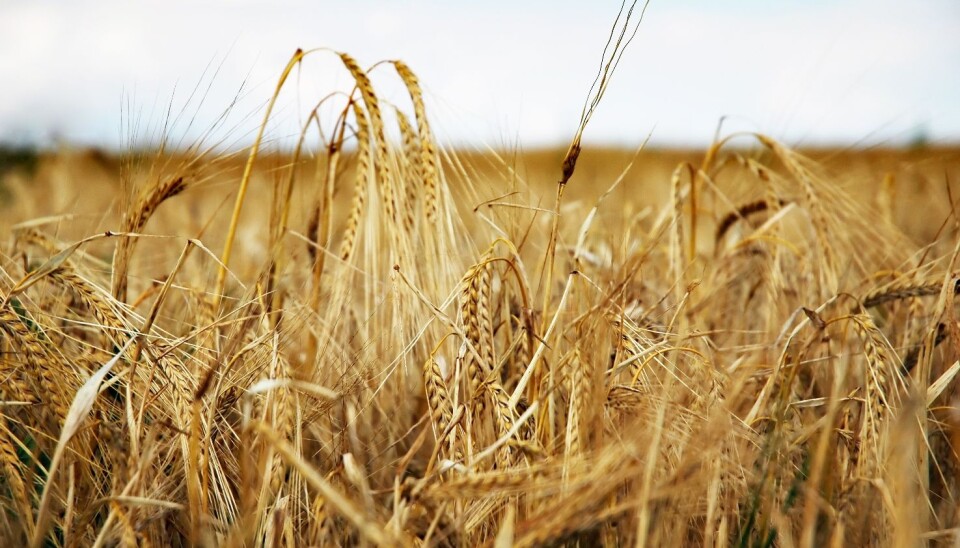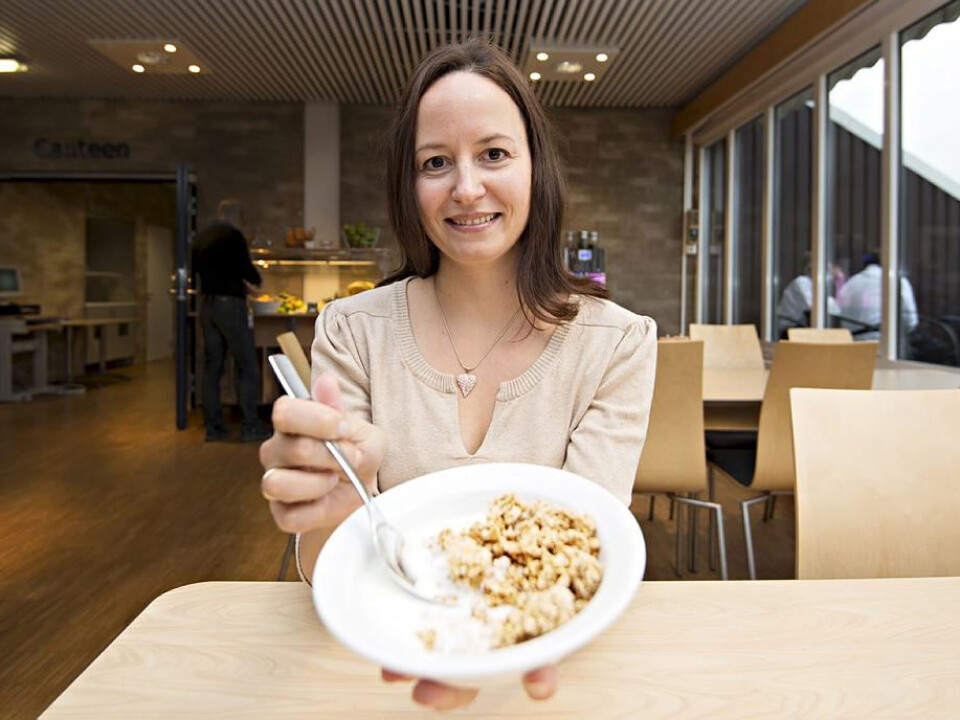This article was produced and financed by Nofima The Norwegian Institute of Food, Fisheries and Aquaculture Research

Healthier barley and oats
Lactic acid bacteria make barley and oats healthier.
Denne artikkelen er over ti år gammel og kan inneholde utdatert informasjon.
Fibre from grain, and in particular from barley and oats, has attracted a great deal of attention in recent years, but the grain has many other healthy components.
One of these is antioxidants, and especially phenolic acids.
Phenolic acids are a type of antioxidant with documented health-promoting and cancer-inhibiting properties. In spite of this, very little attention has been given to the phenolic acids in grain until now.
Ph.D. student Anastasia Hole at the Nofima food research institute has looked more closely at phenolic acids in barley and oats.

"The processing method is very significant for the amount of phenolic acids available. The results from fermenting grain with lactic acid bacteria, for example, are nothing short of remarkable," says Hole.
Breakfast cereals are good sources of phenolic acids
She has analysed various varieties of barley and oats. She has investigated processed and unprocessed grain, as well as grain fermented with lactic acid bacteria. The results of the analyses are very interesting.
When barley and oats are simply stripped of their outer coating, as with porridge oats for example, the content of phenolic acids is reduced. On the other hand, when the dehusked barley and oats are extruded, the free phenolic acid content is considerably increased, by 72 per cent for barley and 74 per cent for oats.
Examples of extruded barley products include the barley content of muesli or breakfast cereals. Oats contain a different type of starch from barley, wheat or rye.
This means that it is difficult to produce extruded oats alone as an attractive product. For this reason, oats are extruded as a mixture with other cereals with the right type of starch so that they can be used in breakfast cereals.
Lactic acid fermentation is a wonder cure
"In order to achieve an even higher content of phenolic acids, the solution is to ferment barley and oats with lactic acid bacteria. This gives an increase in free phenolic acids of as much as 2,000 per cent, which is a higher content than in berries or fruit," explains Anastasia.
Various drinks and porridges could be developed by fermenting barley and oats with the aid of lactic acid bacteria. This could pave the way for new types of products with health-promoting properties - in a market that has seen steady growth over recent years.
Tested on immune defence proteins and pigs
Anastasia Hole began her analyses by investigating the effects and content of phenolic acids through immune defence proteins of the Nuclear Factor kappa B (NF-κB) type. She then used pigs as a model system, because the pig's anatomy is very like that of humans.
The results of the trials with pigs also showed that the bioaccessibility of phenolic acids increases when the pigs eat feed that contains extruded barley and oats, compared with feed containing barley and oats that had not been extruded. Bioaccessibility gives an indication of how much of a given substance reaches the place where it has an effect.
"I hope my Ph.D. work will help to increase awareness of the health effects of phenolic acids in barley and oats and that the industry will take the opportunity to develop new, healthy products," says Hole.
































